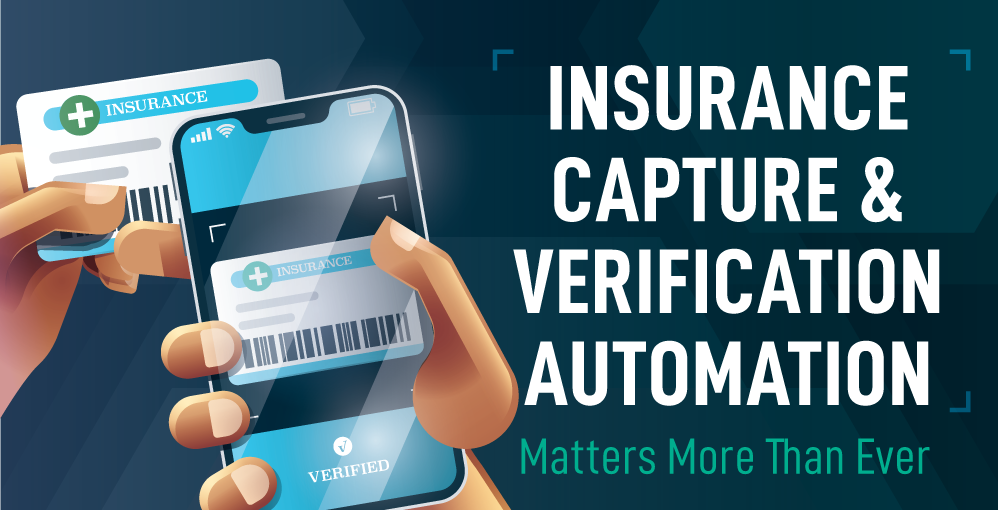How Health Insurance Card Scan Trends Are Evolving

WebProNews
How Health Insurance Card Scan Trends Are Evolving
Did you know that 25% of health care expenditures in the United States come from administrative overhead? Some of the most common causes are inaccurate patient information, changing facts on insurance benefits, entering lapsed policy information, or basic errors when capturing patient intake information. While some of these mistakes may seem simple to fix, it can actually cost thousands of dollars for medical office staff to correct and can waste valuable work time.
The Cost of Insurance Errors
When errors occur in patient insurance input, everyone involved is affected. Patients miss out on more than $16.3 billion in savings every year due to their insurance benefits being incorrectly input. Global providers lose up to $30 billion per year from fraudulent and error-ridden work, and sometimes these mistakes can even lead to fraud cases. While errors in information alone can lead to this loss of money, there are other problems that can arise when information is left unverified.
Unverified insurance information can lead patients to believe they are receiving coverage for services they do not qualify for. This has most recently been a problem with the rise in telehealth services. Pre-pandemic, Medicare only covered telemedicine for rural patients who had limited access to medical services. Now, 1 in 4 Medicare beneficiaries have telehealth visits, but not all of them are covered by their insurance plans.
What can make this confusing for patients is that telehealth visits do not have front office staff to help verify their insurance information. This can lead to patients receiving larger bills than they expected and leads to more time being spent trying to solve the issues after the initial visit.
Insurance Card Scan Tech is Here to Improve Productivity
To avoid the loss of productivity and money in solving insurance errors, many offices are transitioning to automated solutions. Automated health insurance card scan, capture, and verification is the solution to curb the inaccuracies that both patients and providers experience. Manual entry and evaluation can lead to mistakes, but AI-powered solutions are fast and efficient with much higher accuracy rates. Verifying information manually typically means calling payers or visiting insurance websites, but automated systems can verify information in seconds, allowing medical office staff more time to complete their other daily tasks.
Automating processes not only benefit medical office staff by increasing productivity and decreasing errors, they also benefit patients. With more accurate insurance capture, patients are able to view accurate cost and pricing models. In fact, many automated systems provide real time price estimates that are more accurate than manual estimates. This can enable better decision making when it comes to patients’ medical treatment, and can even provide access to potential savings they may not have been aware of.
Summary
Overall, AI-powered insurance capture and verification is the solution to insurance input errors. These errors can cost medical offices billions of dollars in revenue as well as countless hours of wasted time. Using these solutions can allow medical office staff to spend their time taking care of other tasks, and can help provide patients with the care they deserve. You can learn more about the benefits of automated processes in the medical field in the infographic below:
Source: OrbitHC
How Health Insurance Card Scan Trends Are Evolving
Brian Wallace
This content was originally published here.




Responses